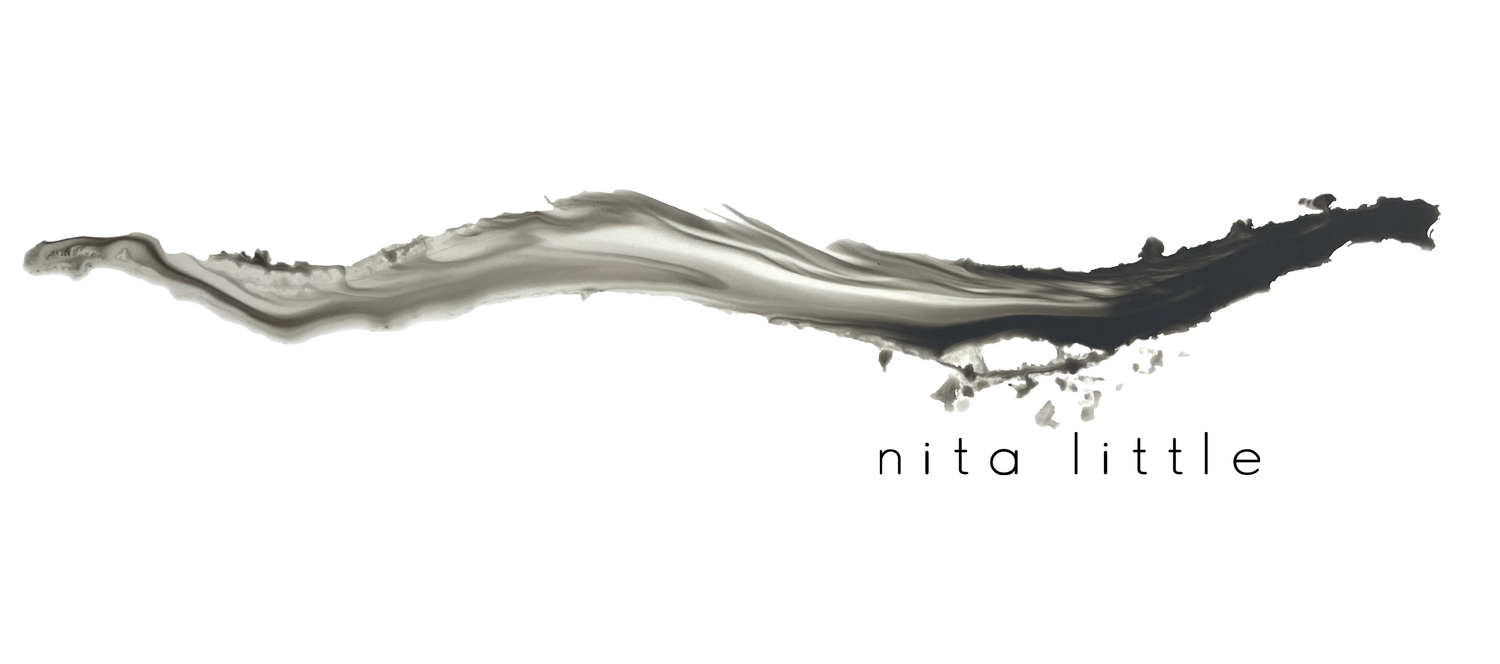February Asides
What is a Score?
When I make dance works, my preferred method of working is with scores: scores within scores. I prefer to work with dancers functioning also as choreographers, meaning, I need the dancer to be making moment by moment choices based upon the score I have given them. As you all know, I like to see bodies that are always also minds, in motion. Scoring allows the improvisational set point of a dancer’s attention to be part of the work itself. I like that. A compositional score often sits within a larger score, which nestles together with other scores so that the whole of the structure is a web. These webs may live within an even larger score, the piece, and the concert in an ever- expanding structure. All is up for consideration.
I often get asked, “What is a score?” It’s a word I use a lot and in different contexts, so I understand how confusing it can be. Scores come in many shapes and sizes and broadly put, they are a set of instructions, not necessarily verbal, or a set of constraints that determine what actions one can make – like the pattern of a city’s streets that determine the way to grandmother’s house. What makes it a score, rather than a law, for example, is that you have latitude and play that allows you, the doer of the score, to make choices because the conditions within the score can change, especially when more than one person is engaging the score simultaneously.
A score can be visual, like a Western style book that reads L to R rather than a Hebrew, or Arabic one that reads R to L. The way letters are laid out requires R-L eye action. But lots of things do this, architecture does this. Walk into a building with a high ceiling with light playing above your head, or just walk toward and then into the Sydney Opera house! There is a reason it is such a celebrated work of architecture! Much visual art does this … notice the relationship between the figure and the ground (foreground, background in a more complex understanding of these). A crossword puzzle, like a book that you read, like what is in the refrigerator when you want to make dinner. These are scores. A story is a kind of score, and often making sense of one’s life is telling the story of it, the score you were negotiating, understanding that the same life would necessarily have lots of ways of telling the story – lots of stories, lots of ways of identifying a score. Often, I think that the job of a psychologist is figuring out a person’s scores, then offering new ones.
BTW, anyone who works with me will understand that language is a score. That is why I am so careful with it. As you can tell, I could write a book on scores. I love them. They shape our living.
